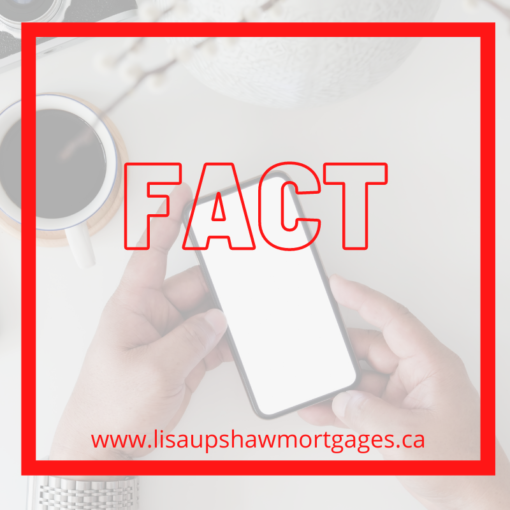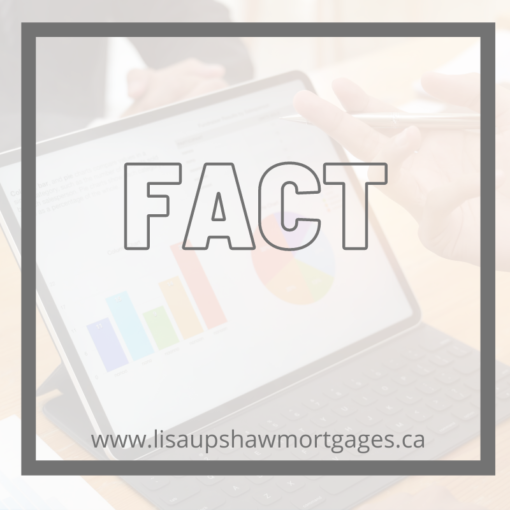1. Traditional Mortgage
Traditional mortgages are available to borrowers who meet certain criteria, the most common of which is having a down payment equal to or more than 20 percent of the property’s value.
2. Open Mortgage
With an open mortgage, you can pay off your loan in full or in part at any time throughout the term without having to pay a prepayment penalty.
The interest rate that is applicable to a mortgage that is open is often higher than the interest rate that is applicable to a mortgage that has been closed.
A mortgage with an open term gives you freedom until you are ready to commit to a mortgage with a closed term.
3. Closed Mortgage
A closed mortgage may restrict your ability to make prepayments, but it often comes with a cheaper interest rate than an open mortgage does.
A mortgage is considered to be closed when it is no longer possible to prepay, renegotiate, or refinance it before the end of the term without being subject to a prepayment penalty.
Some closed mortgages, on the other hand, provide for set prepayment rights, such as the ability to prepay a certain percentage of the initial mortgage amount each year without incurring a prepayment fee. This is a great example of a closed mortgage with prepayment options.
4. Variable Rate Mortgages
If you choose to obtain a mortgage with a variable rate in Canada, the interest rate that you are charged may change on a regular basis.
Because the mortgage rate is related to the lender’s prime rate, it varies whenever the prime rate does.
Because your monthly payments will remain the same throughout the duration of the loan, the proportion of your payment that is applied to the principal as opposed to the interest may shift depending on how your lender’s prime rate shifts.
Here is How it is Calculated
- If the amount of your payment does not change but the interest rate on your loan does, more of the payment will go toward paying off the principal balance.
- If the amount of your payment does not change but the interest rate does, a greater portion of your monthly mortgage payment will be applied to the interest portion of the loan. If your monthly payment is insufficient to meet the interest, your payment will be raised.
Considering the information shown above, the length of your mortgage’s amortization period, the number of years it will take you to pay off the loan, may change and become longer if interest rates have risen since the beginning of the term, or it could become shorter if rates have fallen.
You might need to make some adjustments to the way payments are set up at different points in time.
You can switch to a fixed-rate mortgage at any time and at no cost, at the then-applicable rate, as long as the new term is the same length as or longer than your present variable-rate term. If the period of your new mortgage is the same as or longer than the term of your existing variable rate mortgage.
5. Fixed Interest Rate Mortgage
If you wish to safeguard your mortgage payment against prospective rises in interest rates, you should select a fixed-rate mortgage, in which the interest rate is fixed or locked in for the term of the loan.
If you want to make sure that your mortgage payment stays the same even if interest rates go up, click here for more information.
With a fixed interest rate, the following will be known when the mortgage is issued:
1. The interest rate for which the lender will charge on the mortgage for the entire term.
2. The amount of your regular mortgage payments and the amount of your mortgage that will be repaid by the end of the mortgage’s term.
3. The amount of your payment that will be used toward the principal as well as the interest will be.
6. Alternative or “B” Mortgage – Private Mortgage
A mortgage funded by a private individual or business that generally charges a higher rate as these cover mortgages not normally covered by institutions and are of higher risk to the lender.
What Is the Most Common Mortgage Term in Canada?
The most common mortgage term in Canada is the short-term mortgage, which has a term of 5 years or less.
A shorter-term mortgage, often known as a mortgage with a duration of five years or less, is held by the vast majority of mortgage holders in Canada. The shorter the duration, the more quickly you will be able to renew your mortgage deal.
You might benefit in a couple of ways by opting for a mortgage with a shorter term.
- You have the option of a fixed or variable interest rate.
- Enjoy the benefits of a lower interest rate when you join up for the service.
When it comes to their mortgages, residents of Canada have the flexibility to select an amortization term of up to 35 years. However, most popular term is 25-30 years.
An insured mortgage:
An insured mortgage is one that must mandatorily be insured. A down payment of less than 20% basically attracts default mortgage insurance.
The insurance serves to protect the lender in the event that you default on mortgage payments or foreclosure occurs.
The following are the most vital requirements that apply to an insured mortgage:
- Payment of insurance premiums
- Applies to mortgages with a loan-to-value (LTV) of 80.01 to 95%
- Undergoes stress test at the Bank of Canada’s base rate with 25 years as maximum amortization
- Unavailable for homes purchases of $1 million and over, non-owner-occupied properties, or refinances
- Credit score requirement of at least 600, verifiable income, and fair debt ratios
Insured mortgages offer the best rate since it is low risk on the lender’s part. The borrower is the one who plays the premium.
An Insurable Mortgage:
An insurable mortgage is a mortgage that can be insured but whose insurance isn’t mandatory, as in the case of insured mortgages. In other words, the borrower can decide not to insure the mortgage without any penalty.
An Insurable Mortgage offers a slightly higher rate than insured. The main difference between insured and insurable is that in this instance the lender pays the premium for securitization.
The following are the most vital requirements that apply to an insurable mortgage:
- Minimum down payment of 20% or more (loan-to-value of 80% and less)
- Pass mortgage stress test
- Purchase price in the region of less than $1 million
- A credit score of over 600 and a reasonable debt service ratio limits
- 25 years as maximum amortization
An Uninsurable Mortgage:
An uninsurable mortgage simply cannot be insured whether the lender or borrower wants it. This is the major difference between an insurable and uninsurable mortgage.
An uninsurable mortgage Canada implies that no additional premium is paid by either the borrower or lender.
The following are the most common scenarios where a mortgage can be uninsurable:
- Purchasing non-owner-occupied single-unit rental properties
- Purchases worth $1million or more
- Amortizations more than 25 years
- Refinances (usually when you opt for a loan with higher risk)
Uninsured mortgage rates are typically slightly higher than insurable mortgage rates.



